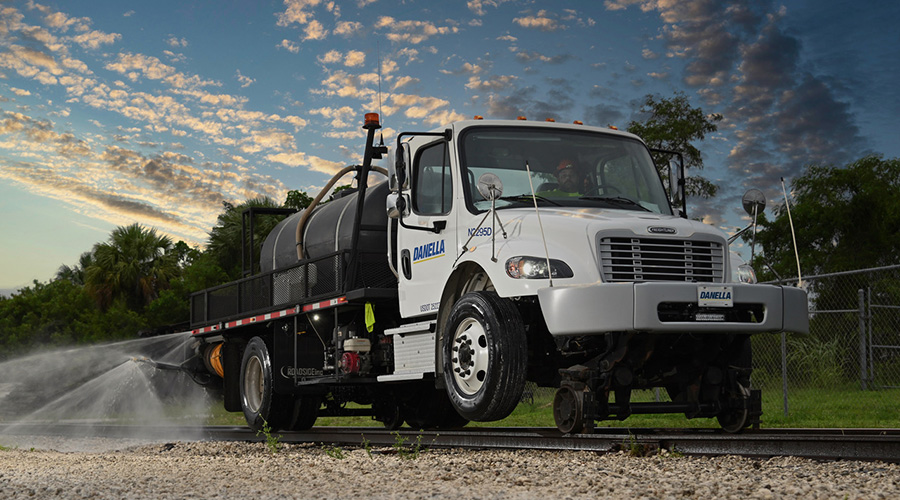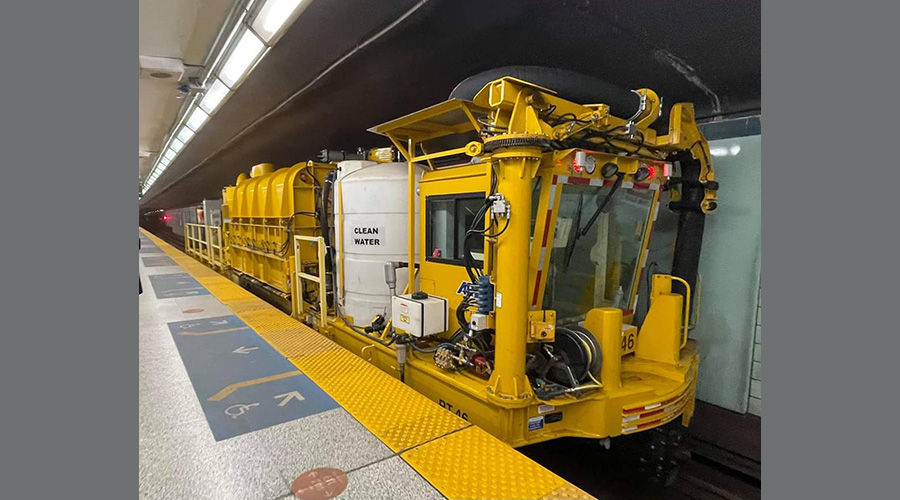Stay updated on news, articles and information for the rail industry
February 2017
Part 1 : IoT: The rail industry is learning to analyze data to answer specific MOW questions
Part 2 : Sidebar: Embrace data to improve safety, FRA says
Part 3 : Sidebar: Big Data - A few definitions
Part 4 : Sidebar: How to think like a data scientist
Rail News: MOWSidebar: Embrace data to improve safety, FRA says
At the 2016 Big Data in Railroad Maintenance Planning conference, Gary Carr, chief of the Track Research Division of the Office of Research and Development for the U.S. Department of Transportation, Federal Railroad Administration (FRA), urged attendees to “embrace the data to improve safety and prevent derailments.”
FRA’s Big Data R&D projects encompass large databases of track geometry inputs, wheel force data and more, combined with image processing, neural network and machine learning technologies, Carr said.
FRA’s knowledge and skill is evolving just as the railroads are, and its projects reveal the challenges and the promise of Big Data.
“Our early neural net system memorized the track security inputs well, but it didn’t interpret the real-world data well, and it didn’t predict anything,” Carr told attendees of the conference, held Dec. 15-16, 2016, at the University of Delaware in Newark, Del. “The second version of the neural net did a good job of learning the rules associated with the data.”
In one project, FRA researchers inspected 50 miles of track. They recorded 15,000 “system recognitions” or images that resulted in 5,000 “boxed recognitions” or inspection areas to be further investigated. Analysis resulted in 500 possible “defects.” Ten of those possible defects were selected to receive additional hand tests, resulting in five hand-verified defects and five remedial actions taken. Then, a broken rail derailment occurred at the site of one of the other 500 defects identified.
Said Carr: “Now the question is: Can we modify our processes to train neural nets to get the answers we need? A training data set plus a cross-validation data set equals machine-learning algorithms that can significantly improve the process.”


 LRW Honors Amtrak’s Acheson As Railway Woman Of The Year
LRW Honors Amtrak’s Acheson As Railway Woman Of The Year
 From Editor-In-Chief Foran: Of Gender Equity And Inclusion
From Editor-In-Chief Foran: Of Gender Equity And Inclusion
 Spotlight On Some Of Today’s Rail Safety Products
Spotlight On Some Of Today’s Rail Safety Products
 Women of Influence in Rail eBook
Women of Influence in Rail eBook
 railPrime
railPrime







